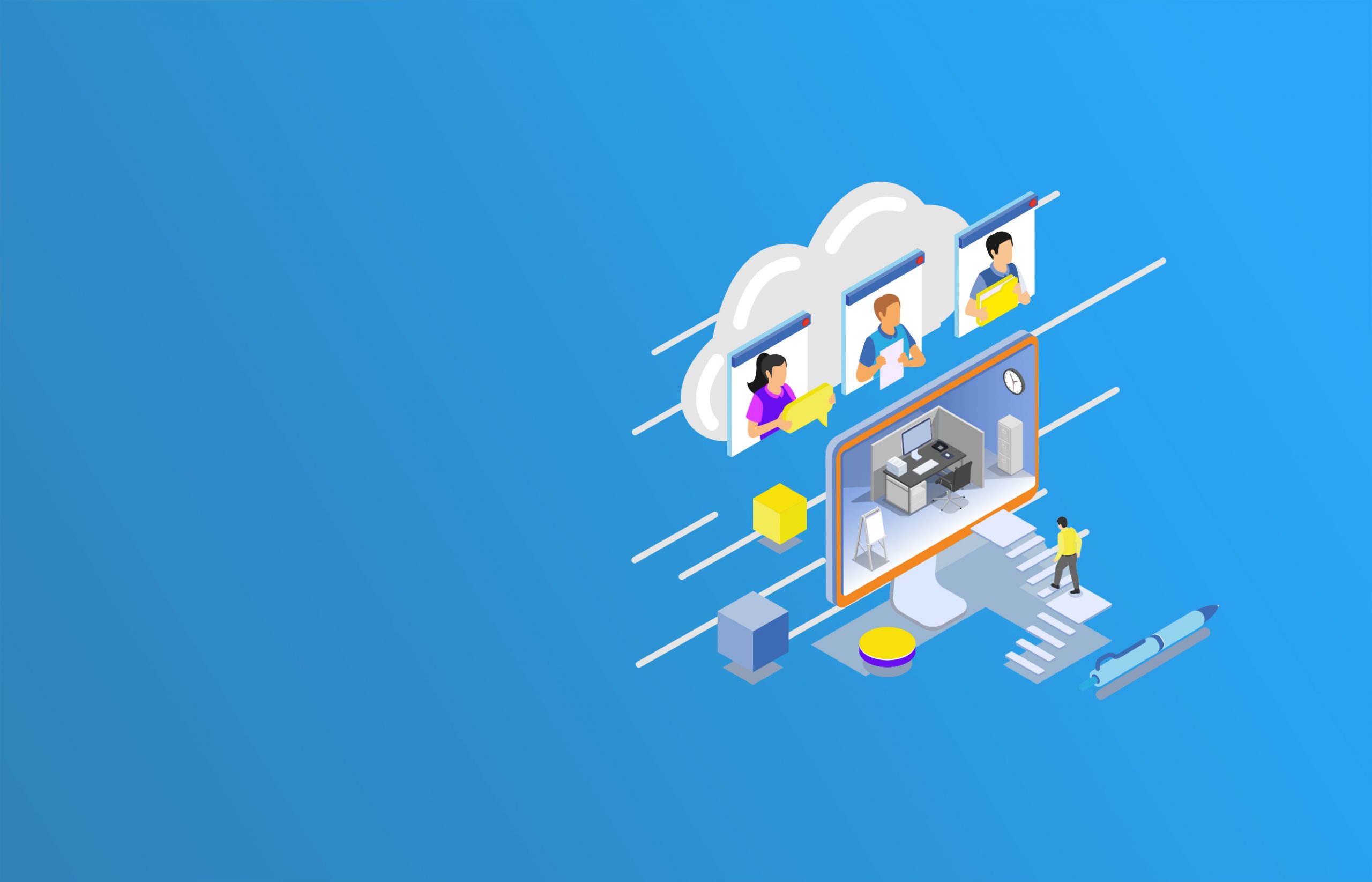The world is changing, shifting to the new normal we must adapt, seek, discover, develop, collaborate, experience, live, innovate, transform, and grow together.
Last November 2020, The Philippine Startup Week held a virtual conference with 5,000 attendees, 50 organizers, 80 speakers, and 100 startups. Ms. Lei Bautista, Former Chief Revenue Officer of Taktyl Studios talked about Guru Learning solutions which started as a game development company but now they have expanded to offer gamified solutions and services. These are either web-based games or gamified mobile apps. Right now as you know we are under pandemic and everyone has to go online to communicate. The gamification principle of octolysis comes to mind. When game developers and game companies think of putting games together they don’t just whip it out of nowhere. There is a science to it and there is a lot of thought that is put into creating the game. This brings us to these eight principles of the feelings of accomplishment, unpredictability, avoidance, ownership, social influence, and scarcity. If you are a casual gamer and you play word games or maybe more complex like MOBA games like mobile legends, DOTA, and many more.
We are in an age where we need to deliver amazing experiences because people remember and act on amazing experiences. That is why gamification principles were brought into business processes or the corporate arena or even in education. This is more effective to engage users. It can also help retain your users whether they are in learning or other business verticals.

The pandemic has forced us to revisit a lot of our normal day-to-day activities. In the learning space, these are the questions that we have, how do I teach?, what do I teach?, how will we adapt?, what do I use? can we sustain this? and are we prepared?. The school has been ongoing for the last maybe or three months and there have been so many challenges that have happened.
The challenges that they have observed, is that the schools have not made the smooth transition from traditional learning into online learning. We cannot blame or find fault in the schools because everyone was just pushed and shoved into this pandemic without even being given the chance to research an effective tool. But what we have observed is that schools have just talk whatever they were doing during their face-to-face or whatever teaching method they were using. What they did is they took that same process and place it on PowerPoint and went on a webinar call like zoom. This is probably a quick fix but what we need to realize is that face-to-face learning is a different ballgame as compared to online learning, it is a different paradigm shift.
Read more: The Future of Learning Is Here
The objective of GURU Learning solutions is to help whether corporate or in the education sector understand and make this transition. There needs to be an investment and commitment from both the institutions and the teachers to be able to transition from traditional to online learning modalities.
Some of the challenges they have gathered with all the research that they have done are the following:
Accessibility and Connectivity

As we all know, this is a persistent problem in our country and there is also the challenge of keeping your listeners, your learners engaged in your new learning community. In the past, where face-to-face learning is still a thing you have a captive audience when you are sitting down with your students but right now there are so many distractions. For example, your students could jump on another website or they could be bothered with a lot of things because there is really no way to prevent a child from freely surfing the internet.
Security and Privacy of Data

If you are using the available quick fix free tools out there, let’s say on Facebook. You know that everything we upload on Facebook is the property of Mark Zuckerberg. Using all these free tools is like sharing your space with the whole cyberspace. If you have proprietary information and confidential content then this may be a problem for you. For example, if you are using a foreign product that was built and made outside of our country. There will be a lack of local technical training and support. This learning paradigm is very new to the Philippines. Given that before this pandemic, only 30% of all our students were tech-savvy and 70% of the whole education population were still doing traditional learning.
How will you know what the right tool is for you? This could be a bit overwhelming aside from technology or the platform that you are using. A very big factor in this new paradigm is to consider the right and most effective teaching methodology. But how can you effectively roll out a teaching approach? and are you equipping your teachers or is your institution equipping you if you are a teacher to be able to create online content? Teaching face-to-face and when you are interacting physically with your learner is completely different from now having to teach them online.
Read more: Uplifting Educational Technology in the Country
If you are just employing what you did before during your traditional modality you may be shortchanging your learners. The other concern of course is schools having to shift online brings concerns with business stability and continuity, the adaptability to change, and then a shift in financial priorities. Those have gone away and now there is a shift to different types of investment. For example, investing in a Learning Management System or providing training for your teachers. There are so many new considerations that need to be made in this new normal. Of course, we already know that our government has challenges in terms of you know rolling out clear policies, guidelines, and providing support. In addition, because of the pandemic, there is a rise in mental health concerns specifically in coping with stress, anxiety, and depression.
How can we transition into the new learning paradigm?
It is important to educate ourselves to understand that the new learning paradigm does not just involve the technology or the online tool that you are using. That is a very small part of the whole equation because a tool is a tool. It is like a car or any creative tool app on your phone or laptop. It is the way that you use the tool and how the user will use it or the creative mind behind the tool. That is why offering teachers content creation training should be the priority when you are trying to shift your institution into the new learning paradigm.

Also, make sure that your institution is looking at other business continuity ideas such as online courses and distance learning. You are not confined to a geographic location and you could offer your modules for learning through a virtual environment online. With that, you will be able to continue your business into a different business model. Make sure that you have the proper training and support. When you use free tools online you are on your own. They do not offer any local or phone support and no one can guide you on the best practices. Therefore, the likelihood of you getting even more stressed and struggling with the content now becomes a problem. This will become a more burden on the institutions or the companies. That is why a paradigm shift must be made. Especially, with how we have been accustomed to in the past and this new model that we are looking at.
One of the solutions technologically wise is to have a one-stop-shop LMS that could address most of your concerns. Using web conferencing tools and virtual classrooms, it is easier for attendance monitoring in terms of assigning tasks to your whole organization. They can monitor the grading system, calendar of activities, help you organize all your content in one screen, and just have a better learning flow that way. Other support technologies could help transition you from manual to automatic. We are all restraints to our homes and some schools do even their enrollment and admissions, finances, and accounting are all manual. It makes so much difference. It is important to equip your teachers. This is not something that we need to take lightly because this is the heart of instruction. It is how we deliver our teaching methodology to our learners.
Read more: What Online Teachers Need To Know


0 Comments